Physical Address
304 North Cardinal St.
Dorchester Center, MA 02124
Physical Address
304 North Cardinal St.
Dorchester Center, MA 02124
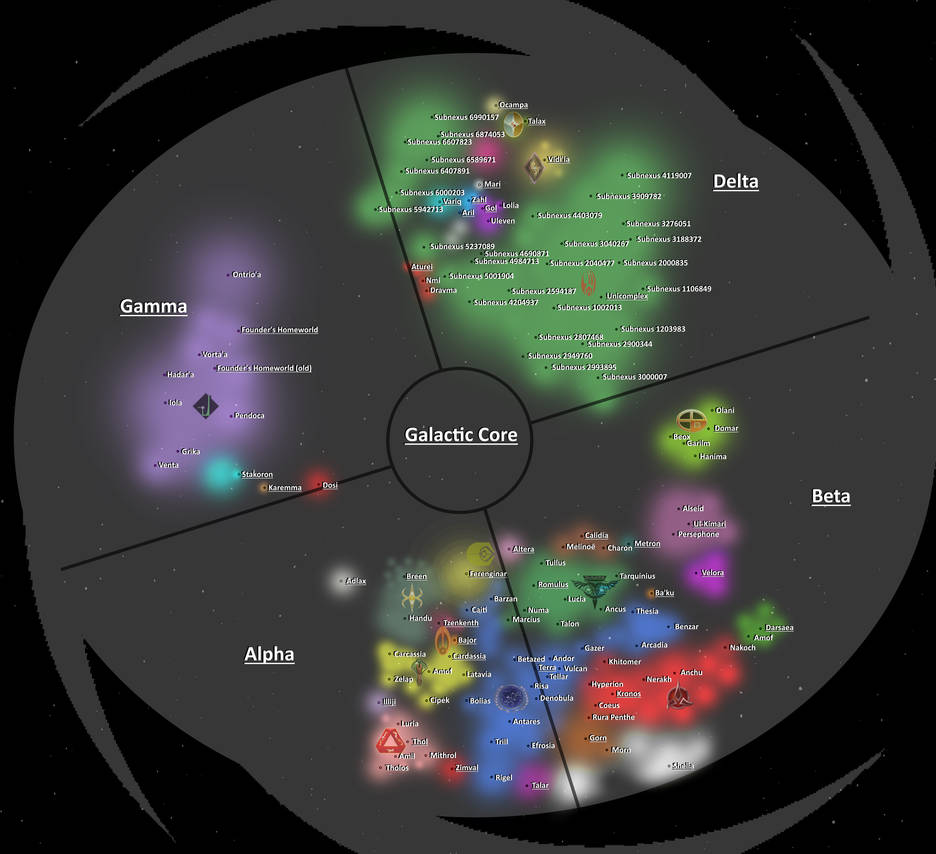
The vast and intricate universe of Star Trek has fascinated fans for decades, with its richly imagined galaxies and countless star systems. Exploring the galaxy through detailed maps provides a deeper understanding of the relationships and journeys featured in various Star Trek series. From interactive and high-resolution maps to printable PDFs, Star Trek galaxy maps offer valuable insights into the locations of Earth, the voyages of the starship Voyager, and the mysteries of the Delta Quadrant. Delving into these maps allows both new and seasoned enthusiasts to immerse themselves in the captivating world-building that defines the Star Trek saga.
The Star Trek galaxy map is a fascinating way to visualize the vast universe where the series unfolds. The galaxy is divided mainly into four quadrants: Alpha, Beta, Gamma, and Delta. Most of the familiar stories from Star Trek: The Original Series, The Next Generation, and Deep Space Nine take place in the Alpha and Beta Quadrants. The United Federation of Planets, including Earth, is primarily located in the Alpha Quadrant but also stretches into the Beta Quadrant. Meanwhile, major powers like the Klingon and Romulan Empires are mostly in the Beta Quadrant.
Each quadrant contains various star systems and species, such as Vulcan and Andoria in the Beta Quadrant, and Tellar and Betazed in the Alpha Quadrant. The galactic core is often treated as a distinct area, separate from these quadrants. The map helps fans understand the political and territorial dynamics of the Star Trek universe, showing how different species and alliances are spread across space. It also highlights the immense scale of the galaxy, with some regions like Borg space being so vast that traveling through them can take months.
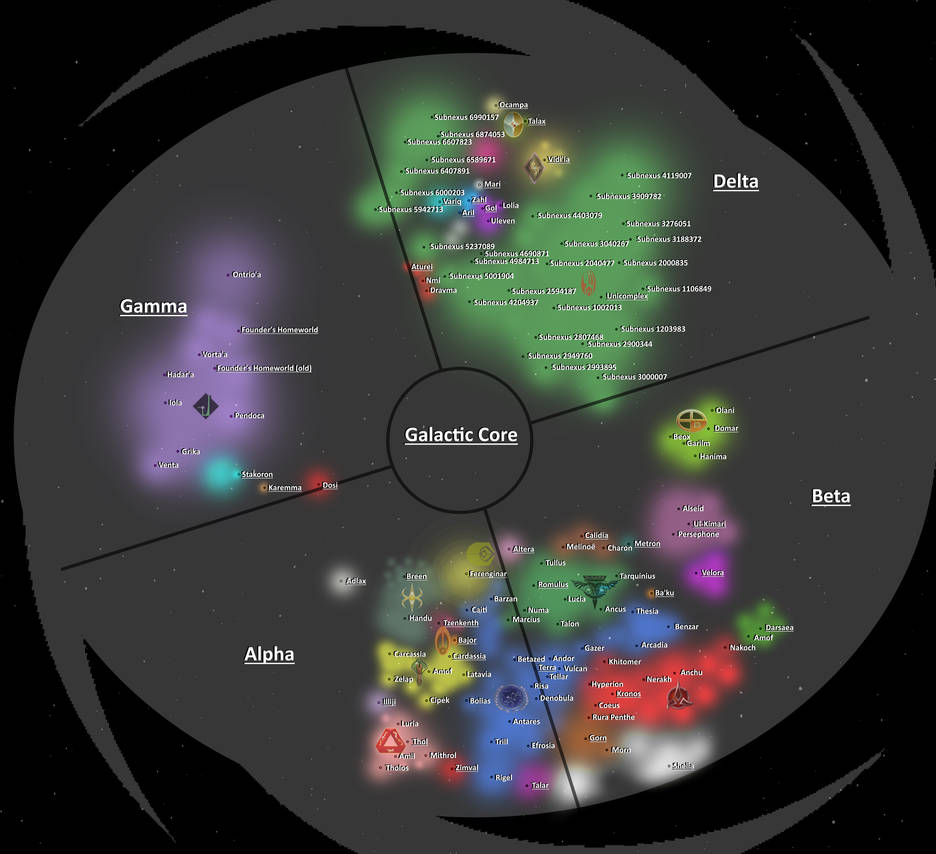
The Star Trek map is a fascinating way to explore the vast universe imagined in the Star Trek series. It charts the locations of key planets and civilizations like Vulcan, Andor, the Romulan and Klingon empires, and many others, often based on the detailed Star Trek Star Charts. These maps divide the galaxy into quadrants—Alpha, Beta, Gamma, and Delta—each with its own unique territories and mysteries. For example, the Delta Quadrant is mostly unexplored and is where the starship Voyager’s long journey took place, encountering new species and challenges along the way.
What makes the Star Trek map especially interesting is how fans and creators have tried to place these fictional locations onto real galactic coordinates, blending science fiction with actual star data. This effort helps bring the Star Trek universe to life, making it feel like a real part of our galaxy. Although some maps differ slightly, the overall layout gives a great sense of the political and spatial relationships between the Federation, Klingons, Romulans, Borg, and others. Whether you’re a casual viewer or a hardcore fan, the Star Trek map offers a cool way to visualize the epic scale of this beloved sci-fi world.
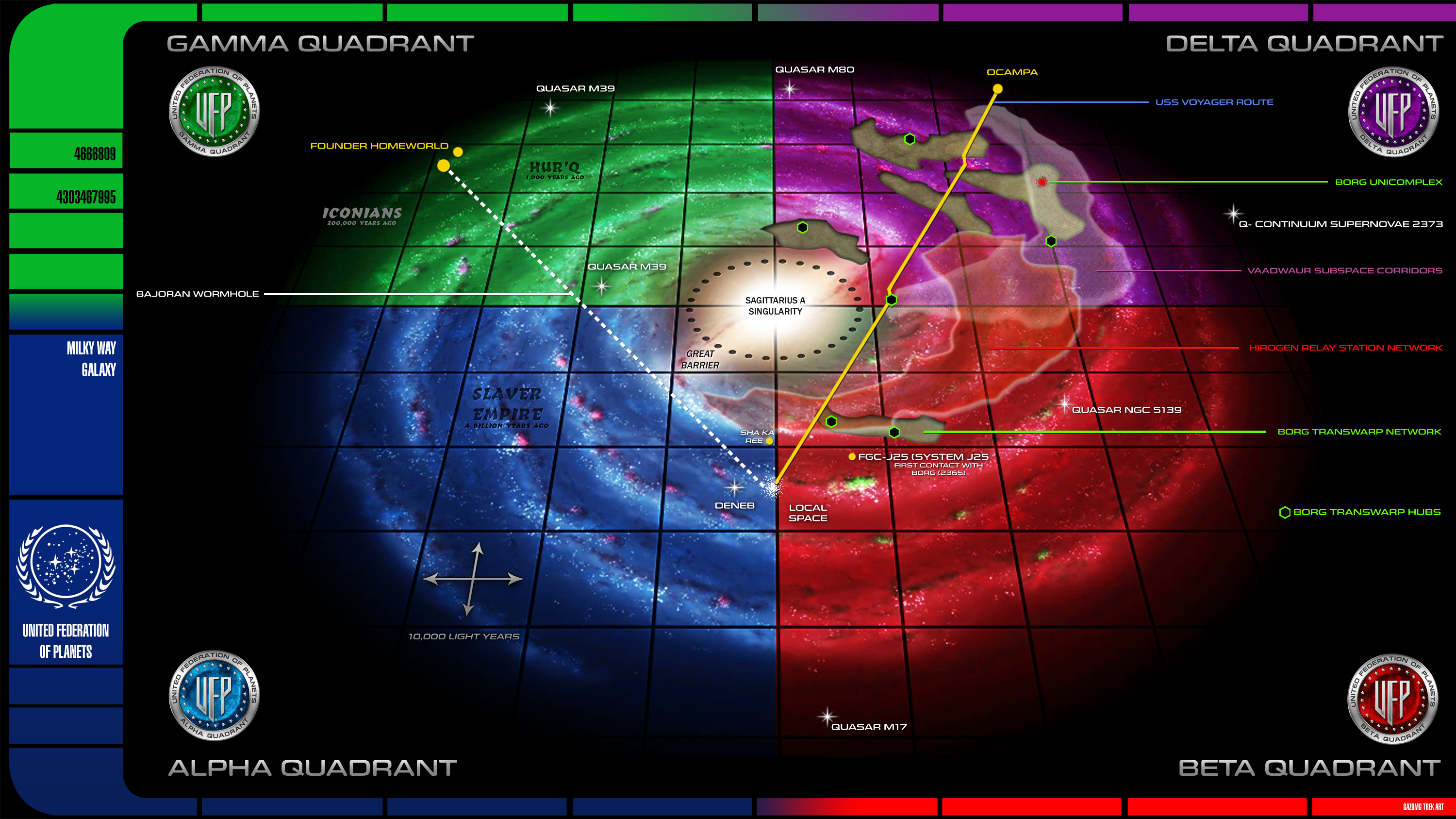
The Star Trek Galaxy Map Interactive is a fascinating tool that lets fans explore the vast Milky Way as depicted in the Star Trek universe, blending real astronomical data with iconic fictional locations. It offers a 3D view where you can see where famous planets like Vulcan or Andor might be positioned relative to Earth, alongside the territories of major civilizations such as the Romulans and Klingons. This mix of reality and fiction helps deepen the immersion, making the galaxy feel more tangible and alive for fans who love to imagine traveling through space.
What makes it even more engaging is how the map reflects the Federation’s division of the galaxy into four quadrants—Alpha, Beta, Gamma, and Delta—each with its own unique regions and storylines. The interactive aspect means you can zoom in, pan around, and get a sense of the scale of Star Trek’s universe, which spans tens of thousands of light-years. Whether you’re a casual viewer or a hardcore fan, this map is a fun way to visualize the complex “astrogeography” that shapes many Star Trek adventures.
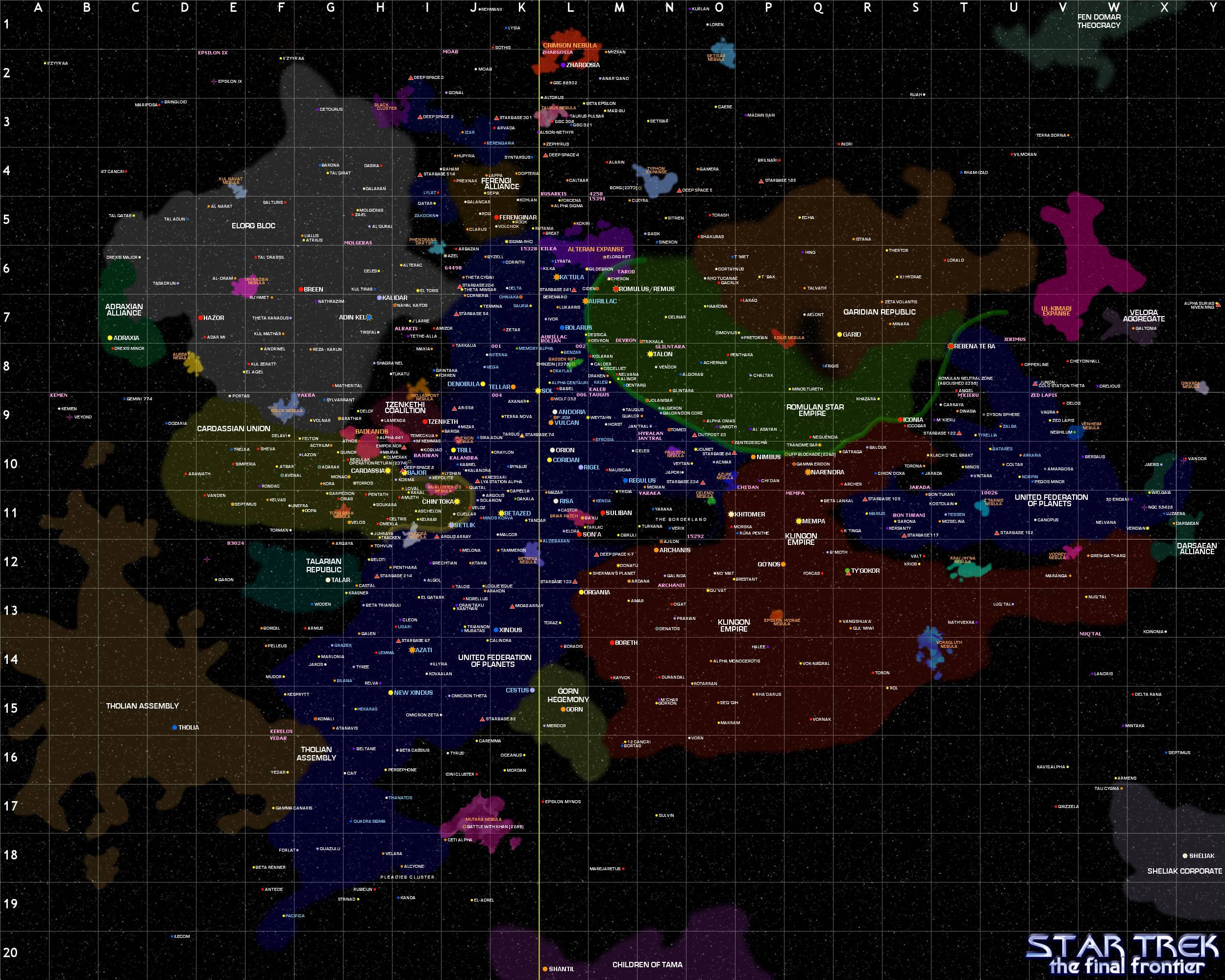
If you’re a Star Trek fan or just curious about the vast universe it portrays, a Map of the Galaxy in Star Trek PDF can be a fantastic resource. These maps visually capture the complex layout of the galaxy as seen in the series, showing key regions like the Federation space, the Taurus Reach, and other important territories. Having a PDF version means you can easily zoom in, explore different sectors, and get a sense of the spatial relationships between planets and star systems, which adds a whole new layer of immersion to the Star Trek experience.
Many of these maps are detailed, sometimes including political boundaries, starbases, and notable locations from various Star Trek series and games. For example, some PDFs available online offer a comprehensive galactic map used in Star Trek tabletop RPGs or fan-made guides, which are great for both casual fans and gamers who want to navigate the Star Trek universe more deeply. Plus, having it in PDF format makes it easy to download, share, or print for your own reference or game sessions. Whether you’re planning a game night or just love exploring sci-fi worlds, a Star Trek galaxy map PDF is a handy and fun tool to have around.
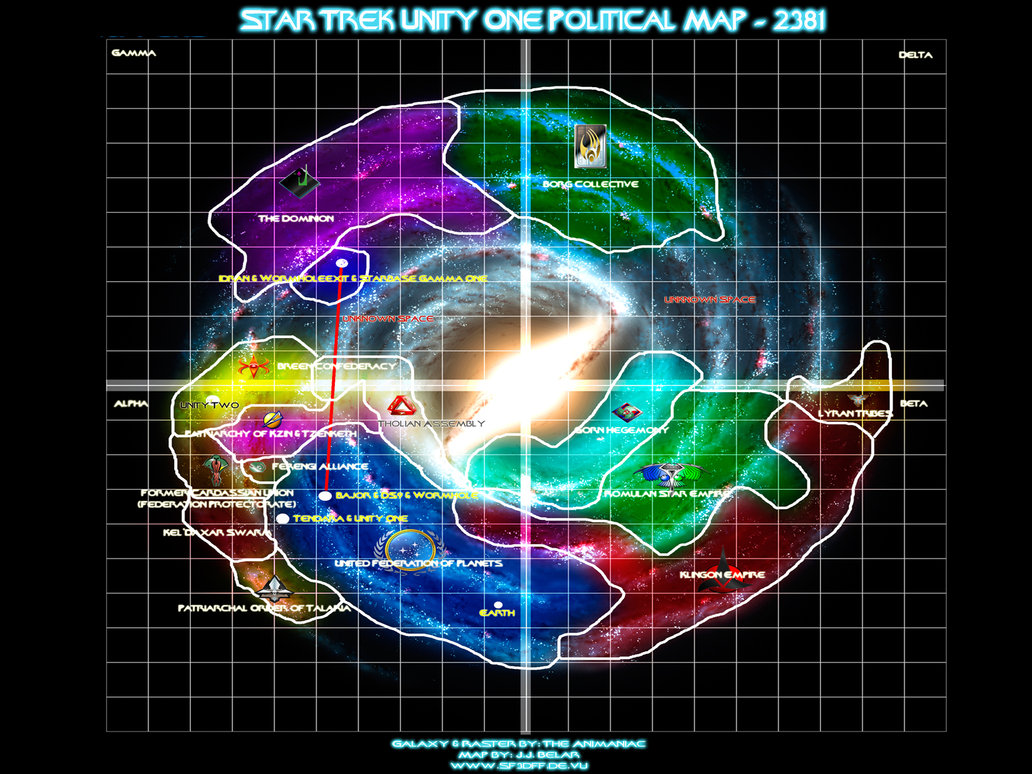
The detailed map of the galaxy in Star Trek is a fascinating blend of fictional storytelling and real astronomical data. It primarily focuses on the Milky Way, divided into four quadrants: Alpha, Beta, Gamma, and Delta. The Alpha and Beta quadrants are the most explored regions, home to major powers like the United Federation of Planets, the Klingon Empire, and the Romulan Star Empire. The Delta quadrant, largely unexplored in the series, is famous as the setting for Star Trek: Voyager, where the crew journeys home after being stranded far from Federation space. The Gamma quadrant, accessed via the Bajoran wormhole, introduces the Dominion, a powerful and dangerous civilization that plays a key role in later series events.
Star Trek fans and cartographers have created detailed star charts based on canonical sources like the Star Trek Star Charts book, combined with real star positions and galactic coordinates to visualize where iconic planets like Vulcan and Andor might be located in our galaxy. These maps often use 3D models to provide a realistic spatial understanding of the galaxy’s layout, making the fictional universe feel more tangible and immersive. While some maps are unofficial and vary in accuracy, they enrich the Star Trek experience by connecting its stories to a plausible cosmic geography.
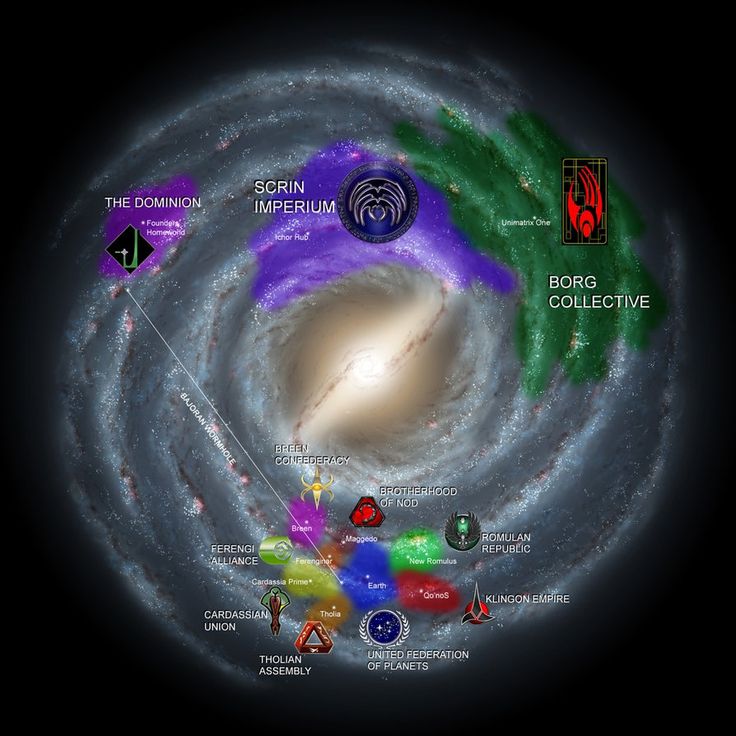
The High Resolution Star Trek Galaxy Map is a detailed fan-made creation that beautifully captures the vastness of the Star Trek universe, focusing mainly on the Alpha and Beta Quadrants. At its heart lies the United Federation of Planets, surrounded by notable powers like the Klingon Empire, Romulan Star Empire, and Cardassian Union. What makes this map especially fascinating is how it doesn’t just show major empires but also highlights minor systems, non-aligned regions, and even navigation hazards, star clusters, and important starbases. This level of detail helps fans and newcomers alike get a clearer sense of the political and spatial relationships between the many factions and locations seen throughout the series. The map is inspired by and updates the classic Star Trek Star Charts, offering a fresh, corrected perspective in the familiar LCARS style. Whether you’re a casual viewer or a hardcore Trekker, this high-resolution map is a fantastic way to explore the galaxy, making the complex Star Trek cosmos feel a little more tangible and navigable.
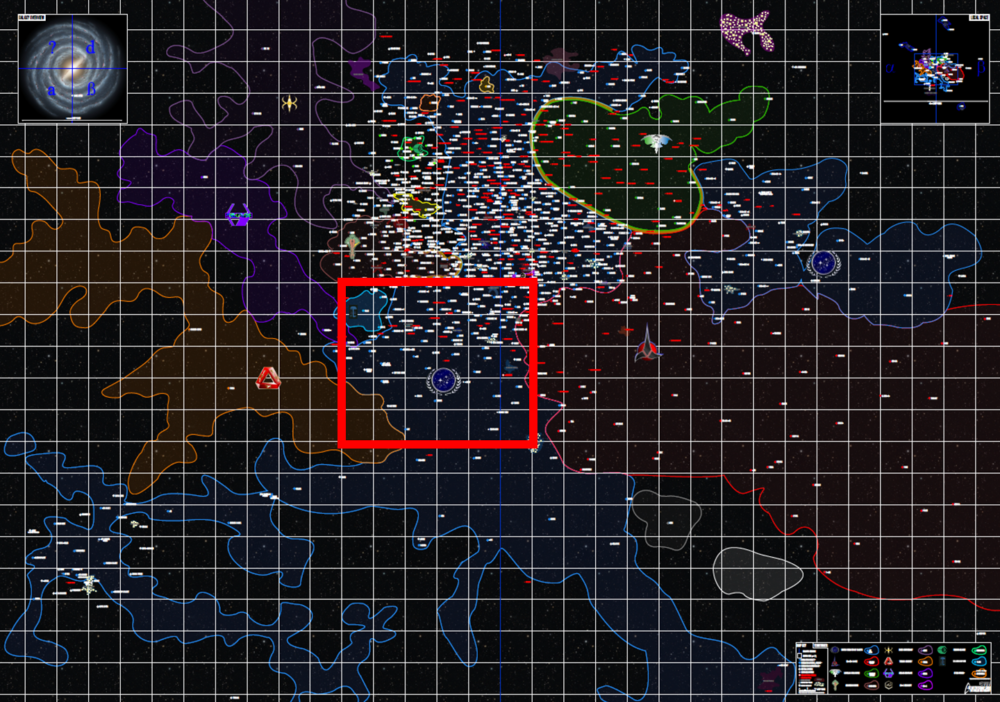
The Star Trek galaxy map places Earth in the Alpha Quadrant of the Milky Way galaxy, about 28,000 light years from the galactic core. This location is central to many key storylines across the Star Trek series, as Earth is the home of humanity and the United Federation of Planets. The Alpha Quadrant includes many familiar worlds like Vulcan and Tellar, while the neighboring Beta Quadrant contains important powers such as the Romulan and Klingon Empires. The map divides the galaxy into four quadrants—Alpha, Beta, Gamma, and Delta—with Earth firmly in the Alpha Quadrant, which is the primary setting for most Star Trek series including The Original Series and The Next Generation.
Interestingly, the Romulan homeworld Romulus is located about 140 light years from Earth, positioned in the Beta Quadrant but close enough to the Federation border to create tension and conflict. The galaxy map reflects a complex political landscape where territories overlap and neutral zones exist, such as the Romulan Neutral Zone near Federation space. This spatial setup helps explain the strategic importance of Earth and its neighboring systems within the Star Trek universe.
Overall, the Star Trek galaxy map blends real star data with fictional locations to create a rich, immersive setting that feels both vast and connected to our own cosmic neighborhood.
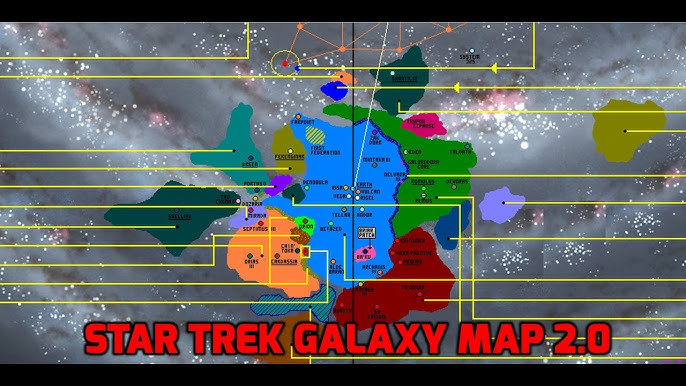
The Star Trek Galaxy Map, especially as it relates to Voyager, is a fascinating way to visualize the vastness of the Star Trek universe. In the series, the USS Voyager is stranded in the Delta Quadrant, a largely unexplored and distant part of the galaxy, far from the familiar Alpha and Beta Quadrants where the Federation is centered. This map helps fans appreciate just how far Voyager had to travel on its long journey home, encountering new species and civilizations along the way. The Delta Quadrant is known for being home to the Borg Collective, a powerful and expansive force that Voyager had to navigate carefully. The map divides the galaxy into four main quadrants—Alpha, Beta, Gamma, and Delta—based on a coordinate system centered on the Milky Way’s core, with Earth located near the boundary of Alpha and Beta. This quadrant system is unique to Star Trek and helps organize the complex political and territorial relationships between different species and factions. Watching Voyager’s trek across the Delta Quadrant on this map really brings home the scale of their adventure and the challenges they faced in unknown space.
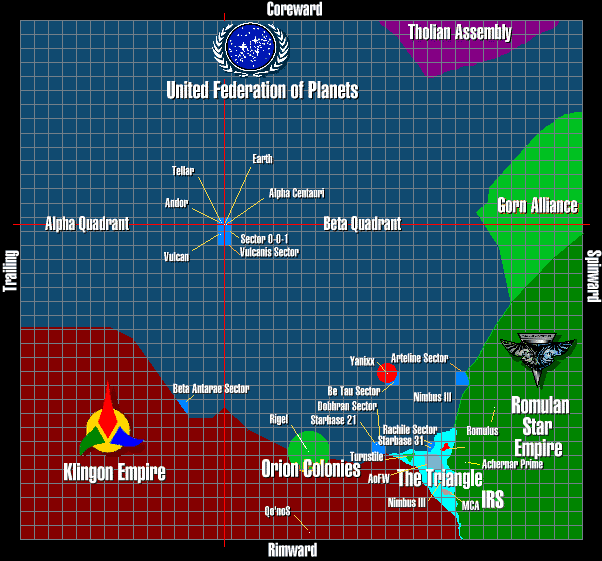
In conclusion, the “Map of the Galaxy” in Star Trek serves as a vital tool for understanding the vastness and intricacy of its universe. This extensive mapping not only guides the narrative journeys of iconic characters but also enriches fans’ engagement with the lore of the series. By exploring the diverse star systems, alien civilizations, and cosmic phenomena, viewers gain insights into the socio-political dynamics and exploration themes that are central to Star Trek’s philosophy. Ultimately, the map is not just a representation of space; it symbolizes the boundless possibilities of discovery and the enduring quest for knowledge that defines the franchise.